Testimonials: We would like to express our deepest thanks to all the staff that assisted at the event. They were so patient and friendly and willing to go the extra mile. It was truly an awesome experience and we got such wonderful feedback about your amazing venue.... Living Link On behalf of our entire team, I just wanted to say a HUGE thank you again for hosting our graduation ceremony. It was...
Chavonnes Battery Cannons

Thousands of visitors to the V&A Waterfront have seen the huge Cannons mounted on immense gun-carriages on the Ramparts and at the entrance of the Chavonnes Battery Museum, but hitherto few have known anything about their history.
These seven cannons are part of the largest selection of Muzzle Loading Cannons and inside the Museum are fascinating models and detailed displays and exhibits and Cannons that still fire a shot of black power.
The Chavonnes Battery Cannons from the entrance to the Museum to the Ramparts....
24 Pounder at the door:
This is a French made 24 pounder registered as Durr No. 14. The trunnion ends show a Fleur de lis and the large letters “SG” for the foundry at St Gervais, France. The estimated the date of manufacture to be around 1740.
8 Pounder between the flagpoles:
This gun was cast in Sweden more than two centuries ago, and despite its long period of partial burial and minimum maintenance, it is so well-preserved that the markings on its barrel and trunnions are clearly visible, and provide a good deal of information about its age and origins.
It was cast at the Overums gun-foundry in 1782, and on its breech are the markings “N XXI” (“21” – its original number), and the numerals “VII : VIII : XVII“. These are the original Swedish weight markings in Skepspunt (1 Skepspunt = 136 kg), Lispunt (1 Lispunt = 6.8 kg) and Punt (1 Punt = 0.34 kg). This means that the barrel weighs approximately 1 012 kg in all.
The fact that it has Swedish markings but not VOC ones indicates that it was part of a batch of guns bought directly from Swedish stocks during a time of crisis when the VOC did not have enough time to place an order for its normal pattern of gun.
It is a historical fact that the early 1780s was a time of great tension between England and the Netherlands, so much so that in 1781 there was an abortive attempt by an English naval force to capture the Cape.
The gun is also remarkable for the fact that it has been “spiked” or rendered un-serviceable by driving a special metal spike into its vent or touch-hole, after which the head of the spike was knocked off to make it harder to remove. The stump of the spike can clearly be seen protruding from the vent.
Guns were spiked if they had to be abandoned, making it impossible for a victorious attacking forces to turn the captured guns on their former “owners”, since removing a spike took some time.
6 Pounder between the flagpoles:
Dating from the 1680s, this gun is a “Finbanker” (the VOC designation for cannon cast at the Finspång foundry in Sweden), and a marking on the breech – two crossed anchors with an “A” on either side – indicates that it was manufactured either for the VOC or for the Admiralty of the city of Amsterdam, one of the major shareholders of the VOC.
On the top of the gun’s base ring is the marking “2070A “, the weight of the gun in Amsterdam pounds (one Amsterdam pound = 0,494 kg, giving the gun an original weight of 1 022 kg).
This gun has an unusually large vent or touch-hole, indicating that the original vent became enlarged as a result of erosion caused by long use, so that it was necessary to drill it out and tap it before inserting a threaded plug with a vent-hole of the right diameter.
12 Pounder Exploded Gun:
This 12 pounder was one of the flanking guns at Amsterdam Battery, by far the largest of the string of batteries which guarded the Table Bay coastline in the late 18th Century. The Amsterdam Battery was almost totally demolished in the 1890s - but the gun remains to tell a gruesome tale of the day it nearly killed no less a person than the Governor of the Cape!
Built by French military engineers (one of them Louis-Michel Thibault, later one of Cape Town’s greatest architects), the Amsterdam Battery was completed in 1787, and on 23 February that year the magnificent new battery’s guns were test-fired for the first time, one of the spectators being the Governor, Colonel Jacob Cornelius van de Graaff.
On being fired, however, this particular gun exploded, the entire rear portion of the barrel from the trunnions to the breech being blown off. Two gunners were killed and five other men in the vicinity were wounded, one of them being none other than the Governor himself.
Rescued years ago from a municipal roads depot whose workers had excavated it after more than two centuries underground, the barrel was saved from an ignominious end in a scrapyard. Now it has been restored and is on display at the Chavonnes Cannon Battery Museum – its first public appearance since that calamitous day in 1787 - so that today’s generation of Capetonians can be told its grim but unique story.
Three Cannons on the ramparts:
All three are “Finbankers” – manufactured at Sweden’s Finspång foundry – which were supplied to the VOC and the Amsterdam Admiralty in the early 18th Century. They are a 36-pounder (the one nearest the BoE Building) a 24-pounder and an 18-pounder.
All were deployed at the Chavonnes Battery when it was completed in 1726 and served there till the battery was partly demolished and buried under buildings after 1860 during the construction of what is now the Waterfront.
The guns were sold to the Table Bay Harbor Company for use as bollards, and when they were no longer required for this purpose they were removed from the docks and stored at Lion Battery on the slopes of Signal Hill for many years till 1999, when the Chavonnes Battery was excavated and converted into a unique museum by the new occupier of the site, the Board of Executors.
Then the guns were returned to their “home” they had occupied for almost century and a half, after being painstakingly restored and mounted on exact replicas of their original carriages…
18 Pounder on wooden platform:
This is a Swedish 18 pdr registered as Durr 244. No markings are visible.
36 Pounder in the center:
A Swedish 36 pdr registered as Durr 32. The gun has a confusing overlap of numbers and letters on the base ring which defy deciphering. The “D 2” on the cascable was the bollard number.
24 Pounder at the window:
A Swedish 24 pdr registered as Durr 245. The trunnion end has the date of manufacture as 1670. The other trunnion end shows the remains of a large “W”, the initial for “Wattrang” who was the foundry master at the Finspang foundry in Sweden at that time. The gun was delivered to the Enkhuizen chapter of the VOC and the VOCE mark can be seen on the first reinforce.
Home to the Cannon Association of SA, to see the Cannons that are able to still fire a shot of black powder, please visit the Museum.
Further Reading
It is with great sadness we mourn the passing of our beloved colleague Sinovuyo Nogaga who tragically died when he was hit by a train on his way to work Saturday morning. Our sincere condolences to his loved ones, his family, our team, his friends and the industry. We are heartbroken at the loss of our Vuyo, a born free with a bright future cut short. Having access to safe transport to...
Being shot with rubber bullets during a protest. Sleeping high up in the mountain to photograph fires. These are some of the experiences that helped Cape Town-based photographer Justin Sullivan, 27, to win two awards in the prestigious 2018 Andrei Stenin International Press Photo Contest. Altogether 67 images of the competition's 22 award-winners are on the Stenin Press Photo Exhibition at the Chavonnes Battery Museum at the Waterfront until February. They were...
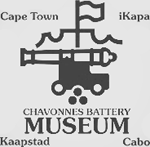
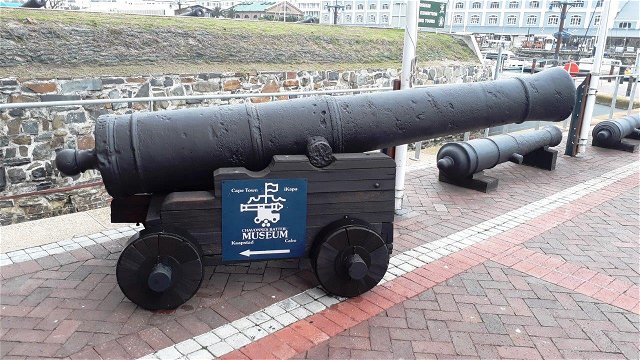
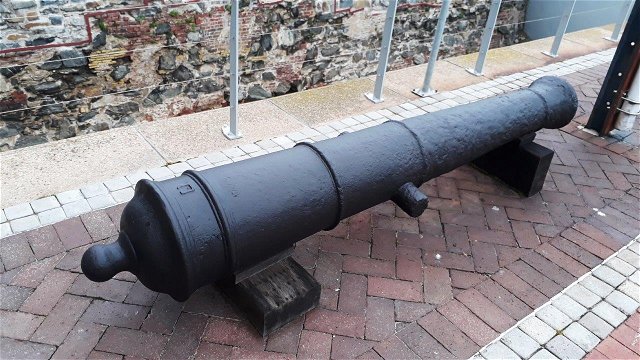
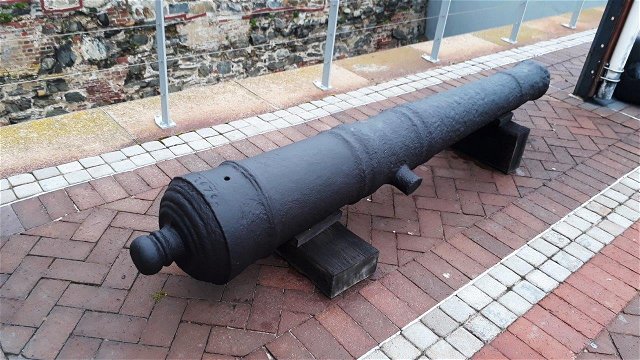
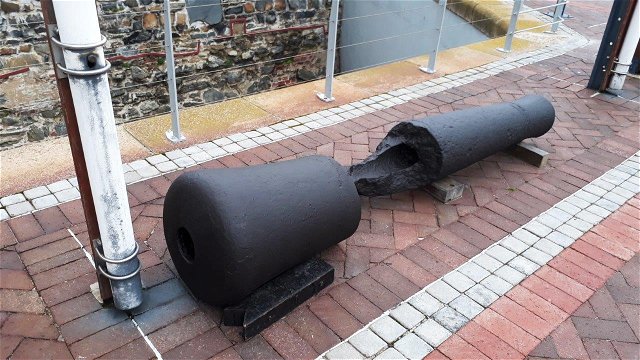
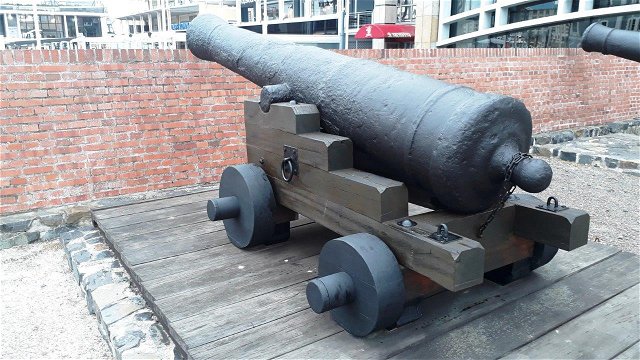
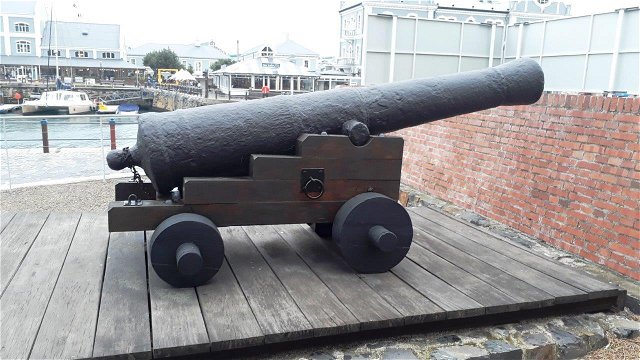
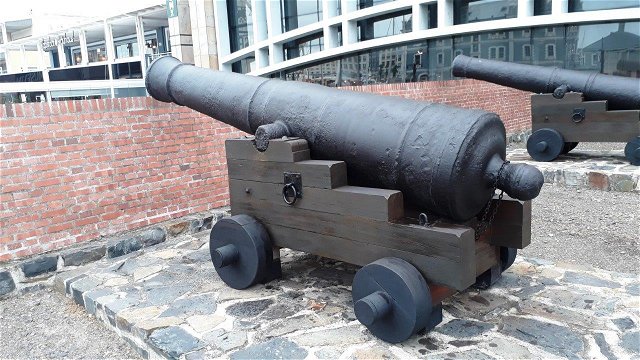




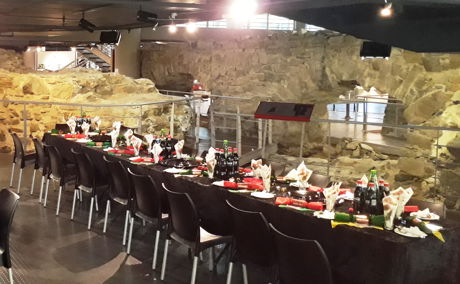


Share This Post